Koshikawa Korakuen Koen: Chinese Flavor By Tokyo Dome
Koshikawa Korakuen Koen is located in Bunkyo Ward adjacent toTokyo Dome,home of the Yomiuri Giants. Construction of this park began in 1629 in the early Edo period by Daimyo Yorifusa the founder of the Mito Tokugawa family. It was later completed by his successor Mitsukuni Mito. The name “Korakuen” comes from a classic Chinese text, Hanchuen’s “Gakuyoro-ki” and means “the garden for enjoying power later.” The park features rolling hills that surround a valley with a pond that makes it ideal for strolling. Mitsukuni incorporated several concepts of the Ming Dynasty Chinese Confucian scholar Shushunsui such as a garden reproduction of Seiko Lake in China, the “Full Moon Bridge” as well as other features that reflect Chinese cultural concepts. The garden has been designated as an important historical asset and a site of historical significance, a double designation given to only a few sites such as Hama Detached Palace and Kinkakuji.
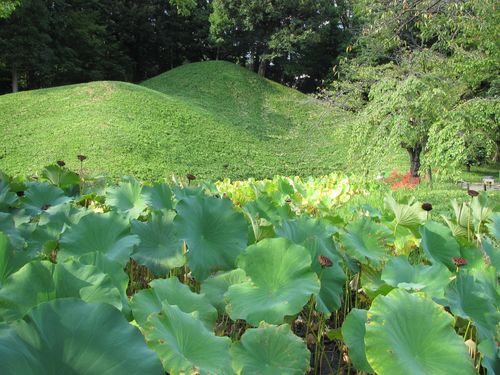
The picturesque lotus pond, Hasu-ike, near the main entrance.
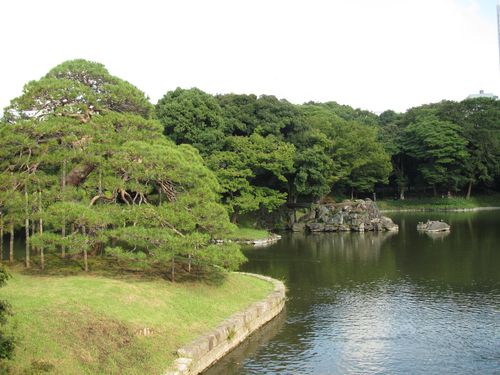
Horajima island adrift in the Daisensui pond.
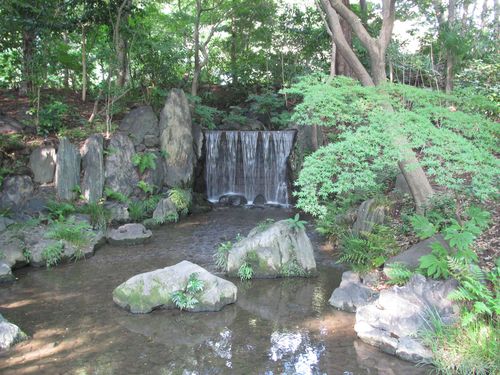
The refreshing cascade water at the Shiraito-no-taiki waterfalls is calming to the senses.
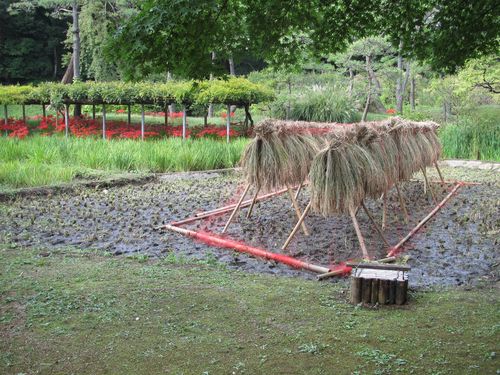
The rice paddy is cultivated by a local elementary school.
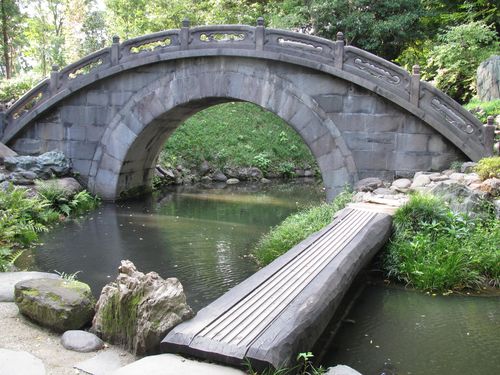
Engetsu-kyo (Full Moon Bridge) is an early Edo structure that was designed by Shushunsui a Ming dynasty era Confucian scholar
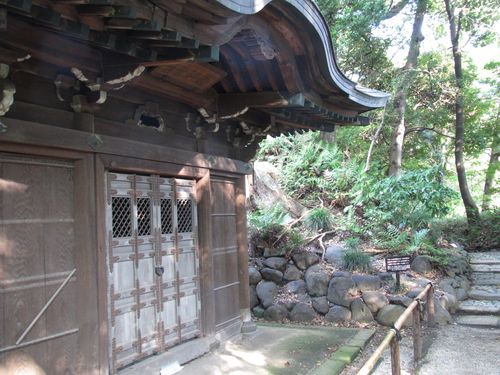
Mitsukuni had a wooden statue inspired by a favorite Chinese poem enshrined in Tokujin-do.
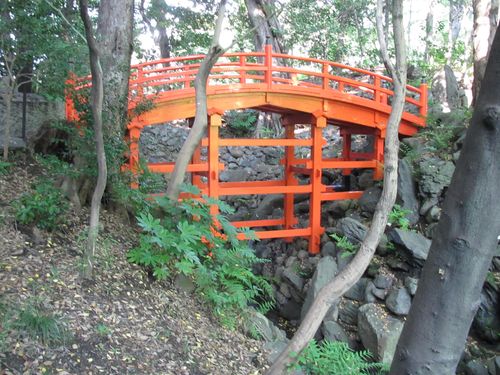
The alluring vermilion Tsutenkyo bridge.
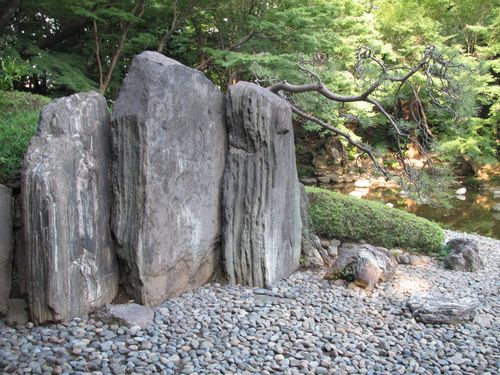
The Sho-rozan rocks rise up near the pond.
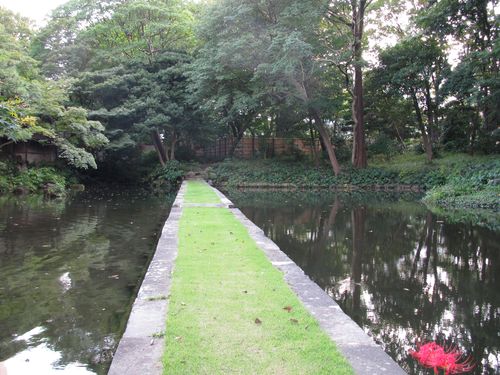
The Seiko-no-tsutsumi embankment divides the pond into two.
The Korakuen district with its amusement parks, baseball stadium, and shopping sites offers the modern visitor many distractions. However, Koshikawa Korakuen Koen offers a respite from modern life. This park allows the visitor to take a cultural trip to China’s Ming dynasty while in the shadow of the Tokyo Dome.
Access
Toei Oedo Line, Iidabashi Sta. (2 minutes) E-06
JR Sobu Line, Iidabashi Sta. (8 minutes)
Tokyo Metro Tozai Line T-06/Yuraku-cho Line Y-13/Namboku Line N-10, Iidabashi Sta. (8 minutes)
*No parking available
Information
Hours: Open from 9:00 to 17:00 (Entry until 16:30) Closed: Year-end holidays (December 29 to January 1)
Entrance fee: ¥300 (Persons 65 and over: ¥150) *No charge for primary school children or younger, and junior high school students living or attending school in Tokyo.
Patrick McCoy is American writer based in Tokyo who has been published in The Japan Times, The Daily Mainichi, The Asahi Shimbun, Tokyo Classified and Eye-Ai Magazine.
See also: 34 Japanese Garden Ideas
Looking for inspiration? ZenVita offers FREE advice and consultation with some of Japan's top architects and landscape designers on all your interior design or garden upgrade needs. If you need help with your own home improvement project, contact us directly for personalized assistance and further information on our services: Get in touch.
SEARCH
Recent blog posts
- November 16, 2017Akitoshi Ukai and the Geometry of Pragmatism
- October 08, 2017Ikebana: The Japanese “Way of the Flower”
- September 29, 2017Dai Nagasaka and the Comforts of Home
- September 10, 2017An Interview with Kaz Shigemitsu the Founder of ZenVita
- June 25, 2017Takeshi Hosaka and the Permeability of Landscape
get notified
about new articles
Join thousand of architectural lovers that are passionate about Japanese architecture